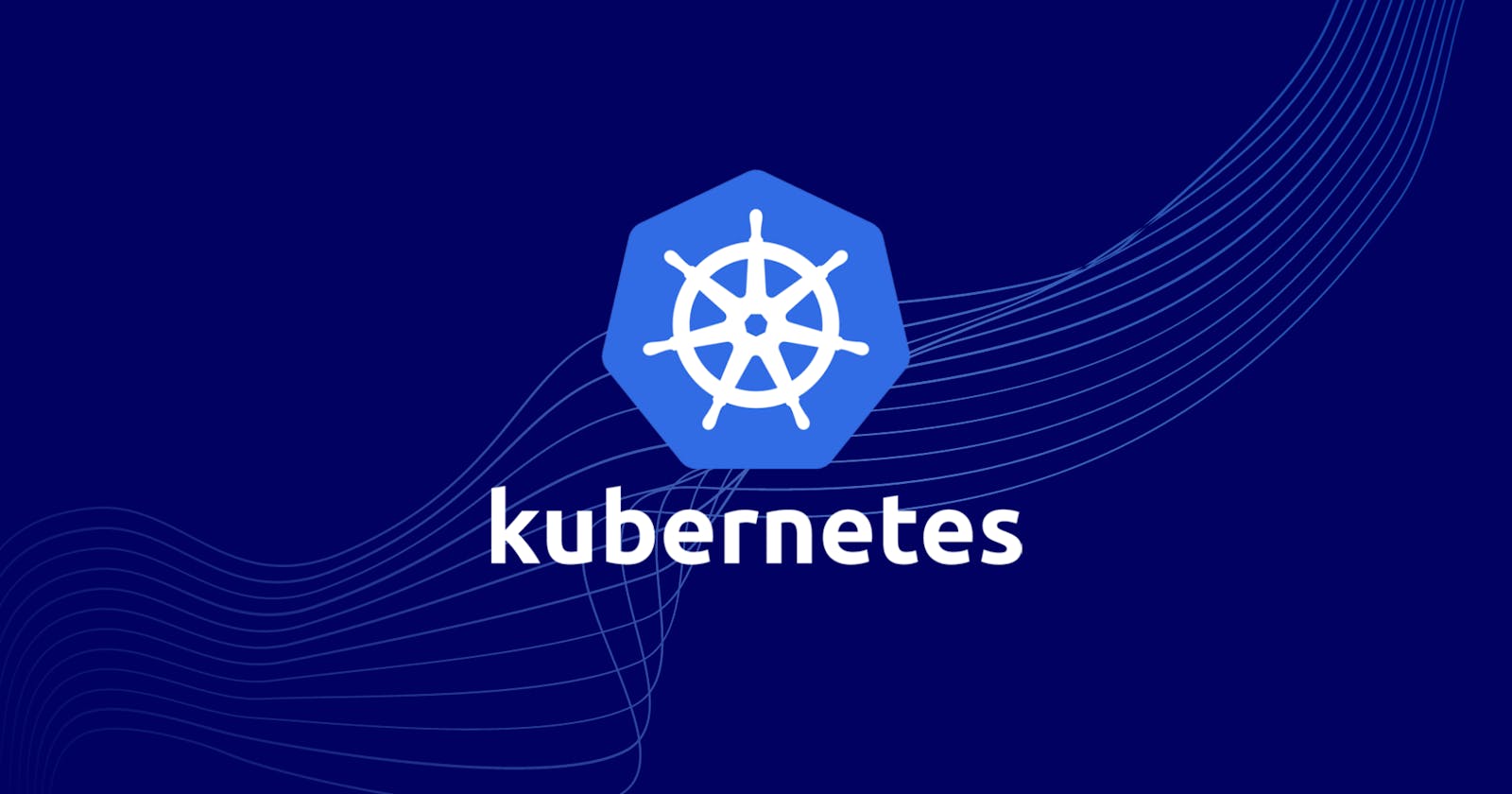Kubernetes Explained
A simple introduction to Kubernetes and the world of containers
In the world of software development, containerization has revolutionized the way applications are built, deployed, and managed. Containers enable developers to create and deploy software applications more efficiently and reliably than ever before. However, managing containers can be challenging, particularly as the number of containers in an application grows. This is where Kubernetes comes in. Kubernetes is an open-source container orchestration platform that simplifies the deployment, scaling, and management of containerized applications. In this article, we will provide a simple introduction to Kubernetes and the world of containers.
What are Containers?
Containers are lightweight, standalone executable packages of software that include everything needed to run an application: code, runtime, system tools, libraries, and settings. Containers enable developers to package applications in a way that makes them portable and predictable. Containers isolate applications from their host system, which makes them more secure and easier to manage. Containers can run on any machine that supports containerization, regardless of the underlying operating system.
What is Kubernetes?
Kubernetes is an open-source container orchestration platform that automates the deployment, scaling, and management of containerized applications. Kubernetes was originally developed by Google, but is now maintained by the Cloud Native Computing Foundation (CNCF). Kubernetes provides a platform-agnostic API that allows developers to deploy, scale, and manage containerized applications across multiple environments, from on-premises data centers to public cloud providers.
Why Use Kubernetes?
Kubernetes simplifies the deployment, scaling, and management of containerized applications. It provides a unified platform for managing containerized applications across multiple environments, which makes it easier to deploy and manage applications at scale. Kubernetes provides a range of benefits, including:
Scalability
Fault-tolerance.
Portability.
Automation
How Does Kubernetes Work?
Kubernetes works by providing a platform-agnostic API that enables developers to define how their applications should be deployed, scaled, and managed. Kubernetes uses a declarative approach, which means that developers specify the desired state of their applications, and Kubernetes works to ensure that the actual state matches the desired state.
Kubernetes manages applications using a set of abstractions, including:
Pods: A pod is the smallest deployable unit in Kubernetes. A pod contains one or more containers that share the same network namespace and can access the same filesystem. Pods provide a lightweight way to isolate and manage containers.
Services: A service is an abstraction that defines a set of pods and the network rules for accessing them. Services provide a stable IP address and DNS name for accessing pods, which enables load balancing and service discovery.
Deployments: A deployment is an abstraction that defines a desired state for a set of pods. Deployments enable rolling updates and rollbacks of applications, which makes it easy to deploy new versions of an application without downtime.
Nodes: A node is a physical or virtual machine that runs containers. Nodes are managed by Kubernetes and provide the underlying infrastructure for running applications.
Kubernetes manages applications by creating and managing these abstractions. Developers define the desired state of their applications using Kubernetes manifests, which are YAML or JSON files that describe the configuration of Kubernetes objects, such as pods, services, and deployments. Once developers have defined the desired state of their applications, Kubernetes works to ensure that the actual state matches the desired state.
Kubernetes uses a master-slave architecture to manage containers. The master node is responsible for managing the cluster and making decisions about how to deploy, scale, and manage applications. The worker nodes, also known as minions, are responsible for running containers and providing the underlying infrastructure for running applications.
Kubernetes also includes a range of tools and features to manage applications, including:
Container runtime: Container runtimes provide the underlying technology for running containers.
Networking: Kubernetes includes a range of networking options, including network plugins that provide network isolation and load balancing for containers.
Storage: Kubernetes includes support for a range of storage options, including block storage and distributed file systems.
Security: Kubernetes provides a range of security features, including role-based access control (RBAC), network policies, and secrets management.
There are also many tools available to help developers manage Kubernetes, including:
Kubectl: Kubernetes command-line tool that enables developers to interact with a Kubernetes cluster.
Minikube: a tool that enables developers to run a single-node Kubernetes cluster on their local machine.
Kubernetes Dashboard: is a web-based user interface that enables developers to manage and monitor their Kubernetes clusters.
Conclusion
Kubernetes is an essential tool for managing containerized applications. It simplifies the deployment, scaling, and management of containers, which makes it easier for developers to build and manage applications at scale. Kubernetes provides a unified platform for managing applications across multiple environments, which makes it easier to move applications between environments and avoid vendor lock-in. While Kubernetes can be complex, there are many resources available to help developers learn how to use Kubernetes effectively. With the right tools and guidance, Kubernetes can help developers build and manage containerized applications more efficiently and reliably than ever before.

